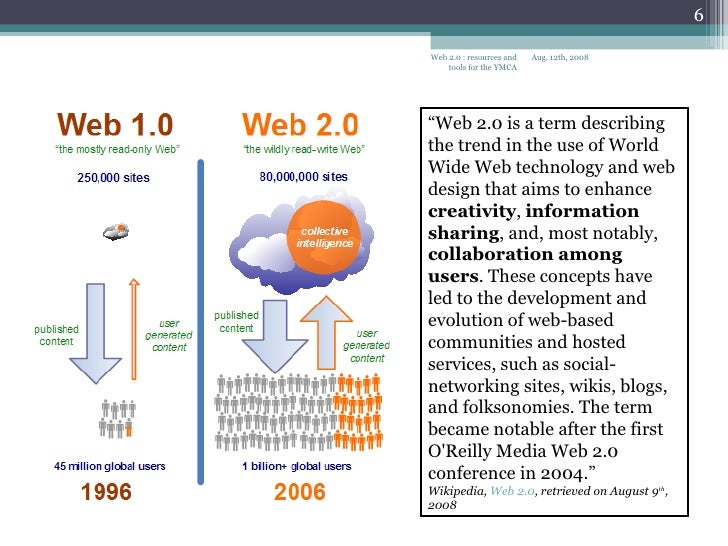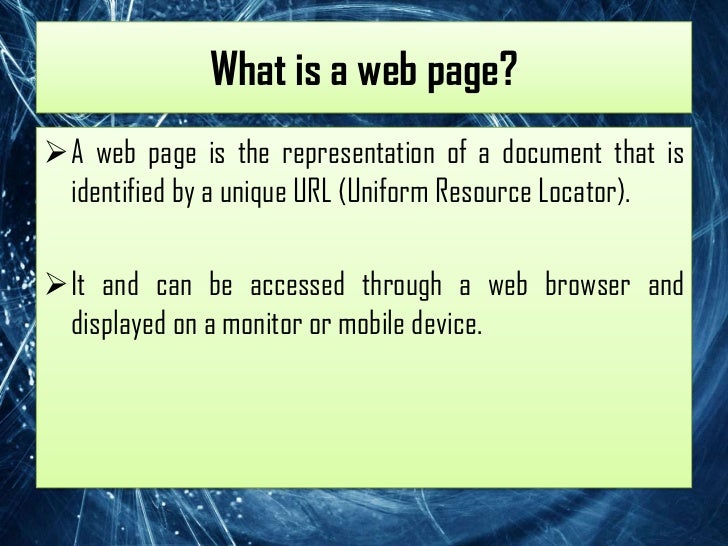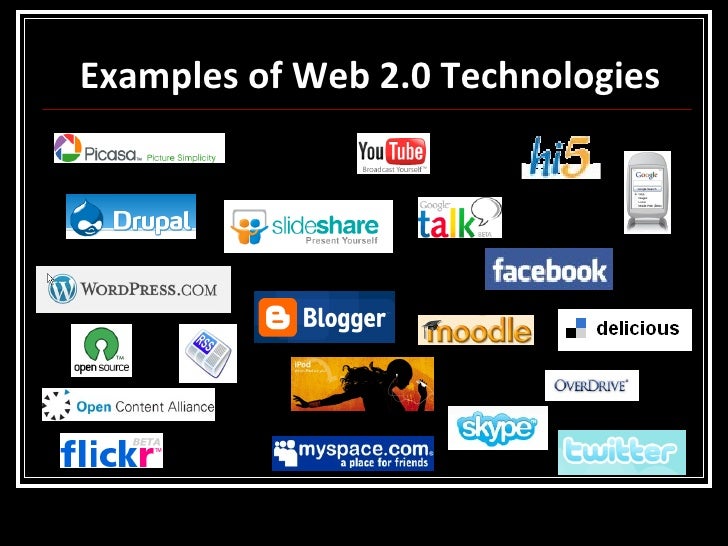References
American
College of Education. (2018). The Digital
Learner Module 4. Retrieved from
https://ace.instructure.com/courses/1543035/assignments/9416277
MTT Info Network. (n.d.). Excellent
Centers. Retrieved from http://www.mttsonline.org/
Maryland State Department of
Education. (n.d.).
Maryland
Teacher Technology Standards.
Retrieved from
http://www.montgomeryschoolsmd.org/departments/techlit/docs/TeacherTechnologyStandards
MSDEVersion.pdf
Google Image. (n.d.a). Diversity. Retrieved from
https://www.asc.upenn.edu/sites/default/files/field/image/diversityupdated.jpg
Google Image. (n.d.d). Student
Diversity. Retrieved from
http://www.ocde.us/CulturalDiversity/PublishingImages/CDLogo%20DropS%20
Transparent%20BG.png
Sharma, R. (2018). Unit 17
Web 2.0. retrieved from
http://14.139.40.199/bitstream/123456789/41872/1/Unit-17.pdf
U.S. Department of
Education. (2011). No Child Left Behind
Act. Retrieved from
https://www2.ed.gov/nclb/landing.jhtml
Voice Thread LLC. (2018). Amazing Conversations
About Media. Retrieved from
https://voicethread.com/





